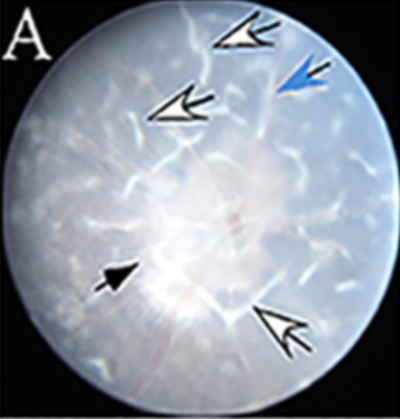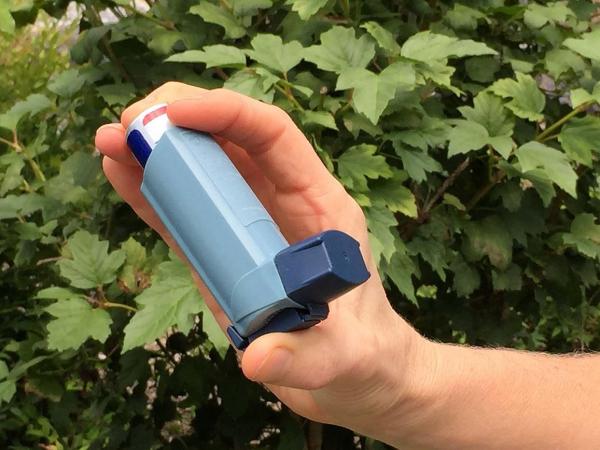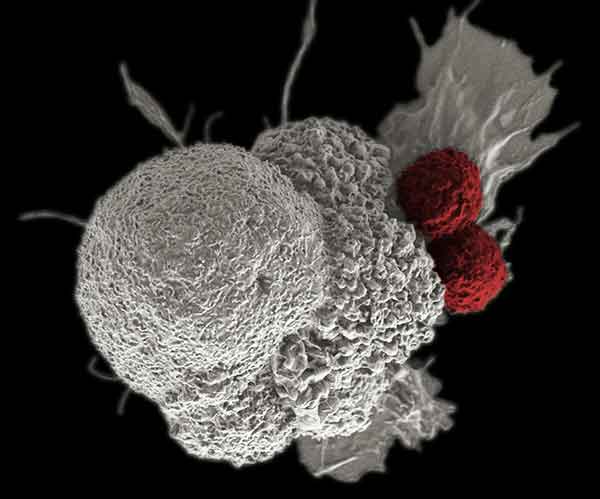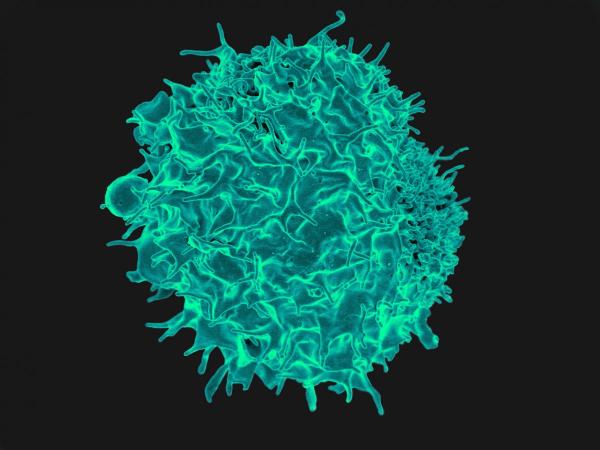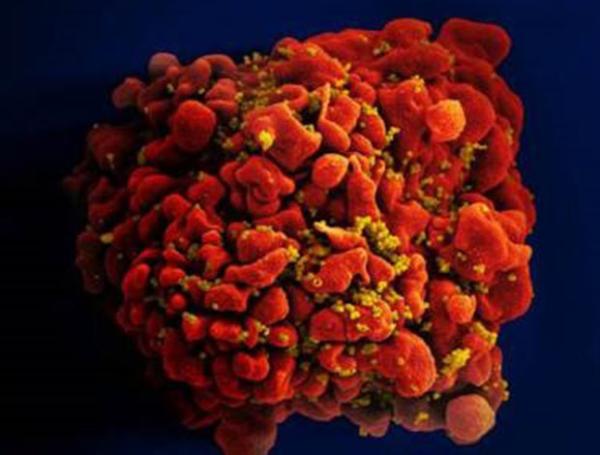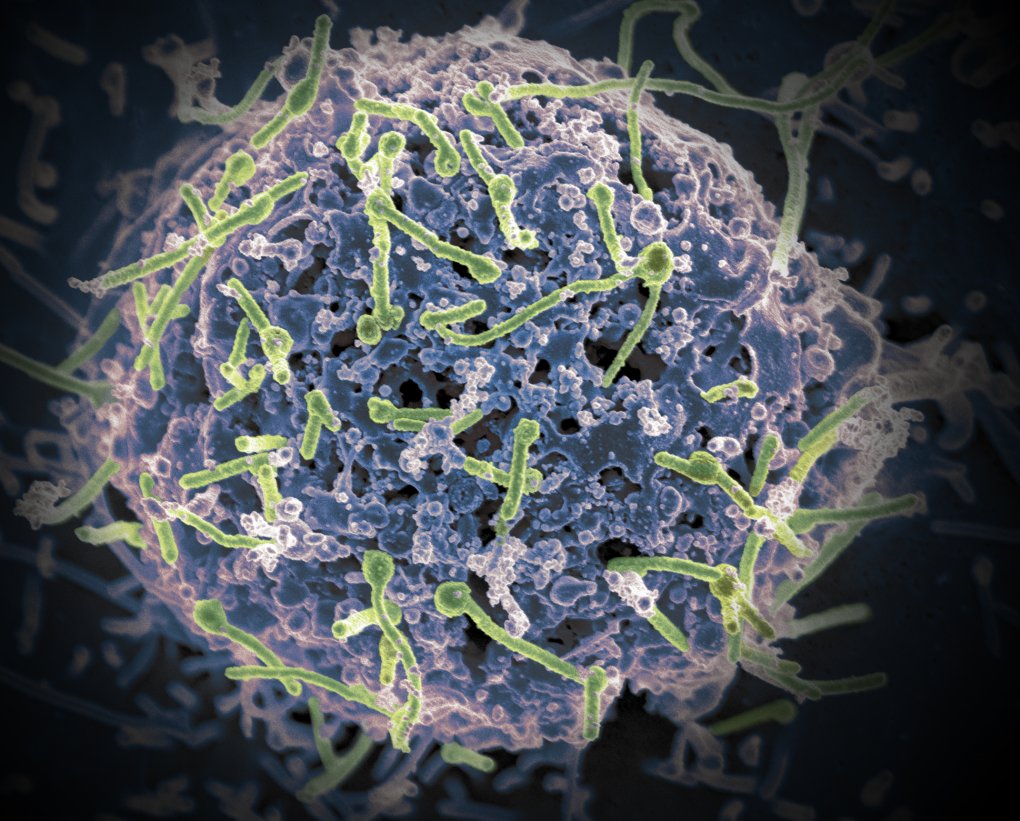Overlooked Immune Cells Trigger Preterm Labor
New Insights Could Help Reduce Premature Births
Any baby born less than 37 weeks after conception is considered premature, but not all premature births have the same root cause. In a new study, IRP researchers have detailed how a particular component of the immune system can trigger premature labor, which could help doctors prevent more preterm births.


